SRAM and RockShox' new gravel collaboration includes the XPLR drivetrain from the former and a gravel-specific suspension fork and dropper post from the latter (with new Zipp wheels to come, too).
With this new suite of products, SRAM, RockShox and Zipp are aiming to give riders more choice than ever when it comes to gravel bike setup, but performance out on the roads and trails is where it counts.
While it may have only been a couple of weeks since I received a gravel bike built with the latest kit from SRAM and RockShox, I have had a chance to form some first impressions on the new gravel drivetrain, suspension fork and dropper post. I’ll focus on those ride impressions here – if you want all the tech details on the range, head to our SRAM and RockShox XPLR news story.
First off, a bit about the bike I’ve been riding. The frame in question is a beautifully made, steel Rå Valravn, fabricated here in the UK.
SRAM has specced this with an XPLR Red eTap AXS wireless drivetrain (using a 40t chainring and the new 10-44t cassette), a RockShox Rudy Ultimate XPLR fork (with 40mm of travel) and RockShox Reverb AXS XPLR dropper post (with 75mm of drop).
Unfortunately, SRAM wasn’t able to supply the new Zipp 101 XPLR wheelset ahead of the embargo lifting. Instead, I’ve been running a set of Zipp 303 Firecrest wheels with Zipp G40 XPLR gravel tyres. Overall weight for the bike with pedals is 10.6kg.
To date, I’ve managed three decent rides, covering a mixture of road, bridleway, wooded singletrack, fireroad and a full-blown downhill track. Here are seven things I’ve learned so far. Once I’ve had a chance to spend some more time on the bike, I’ll bring you a full review.
1. Smooth, consistent gear changes
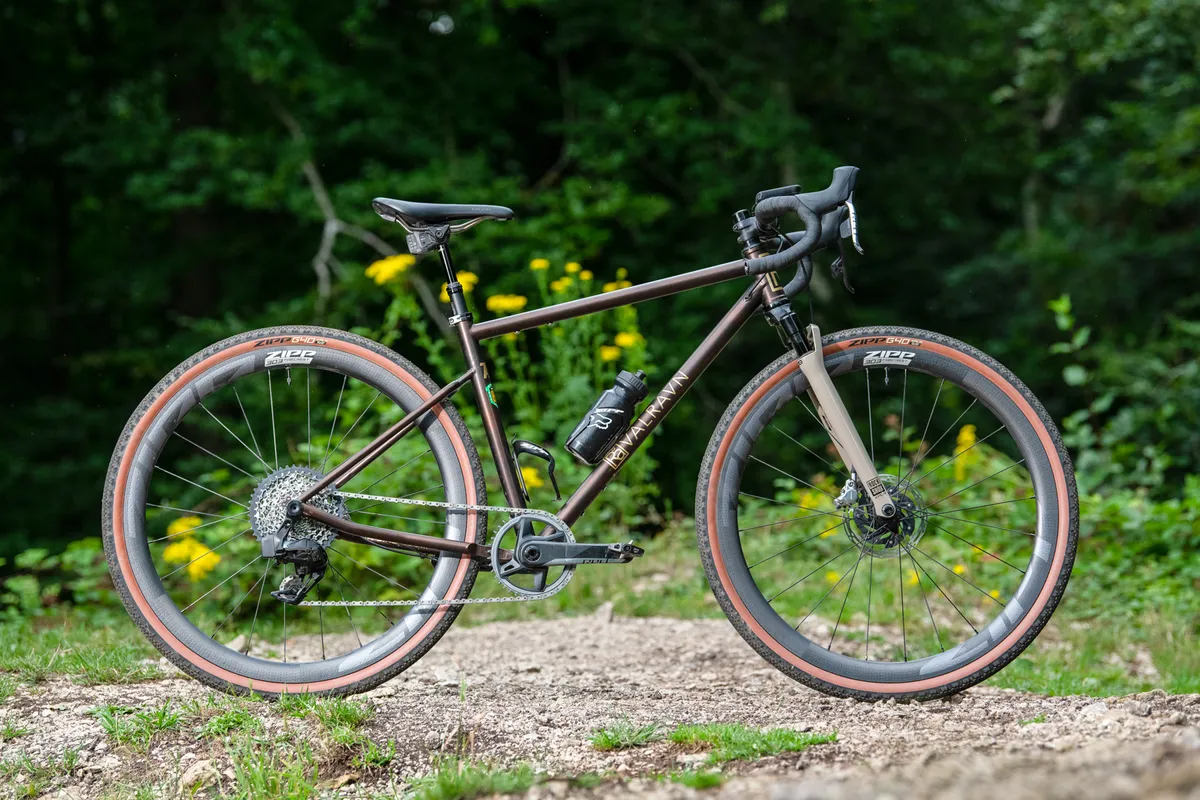
Shifting with the new XPLR Red eTap AXS wireless transmission is, operationally, the same as SRAM’s other eTap AXS gearing. That means the right-hand shifter paddle (viewed as if sitting on the bike) moves the derailleur down the cassette into harder gears, while the left-hand shifter paddle allows you to access the easier gears up the cassette.
Unlike regular eTap AXS though, pressing the two paddles simultaneously doesn’t shift the front mech because there isn’t one. Instead, pressing the two paddles together operates the new, wireless seatpost, but I’ll get into more detail on that later.
Like other AXS systems, you can pair the drivetrain with SRAM’s smartphone app, which then allows you to customise how it works.
One of the most useful functions is the ability to alter what a prolonged push on either of the shifter paddles will do. That means, when you hold the shifter paddle down, you can set it to shift just one, two or three gears, or across the entire cassette.
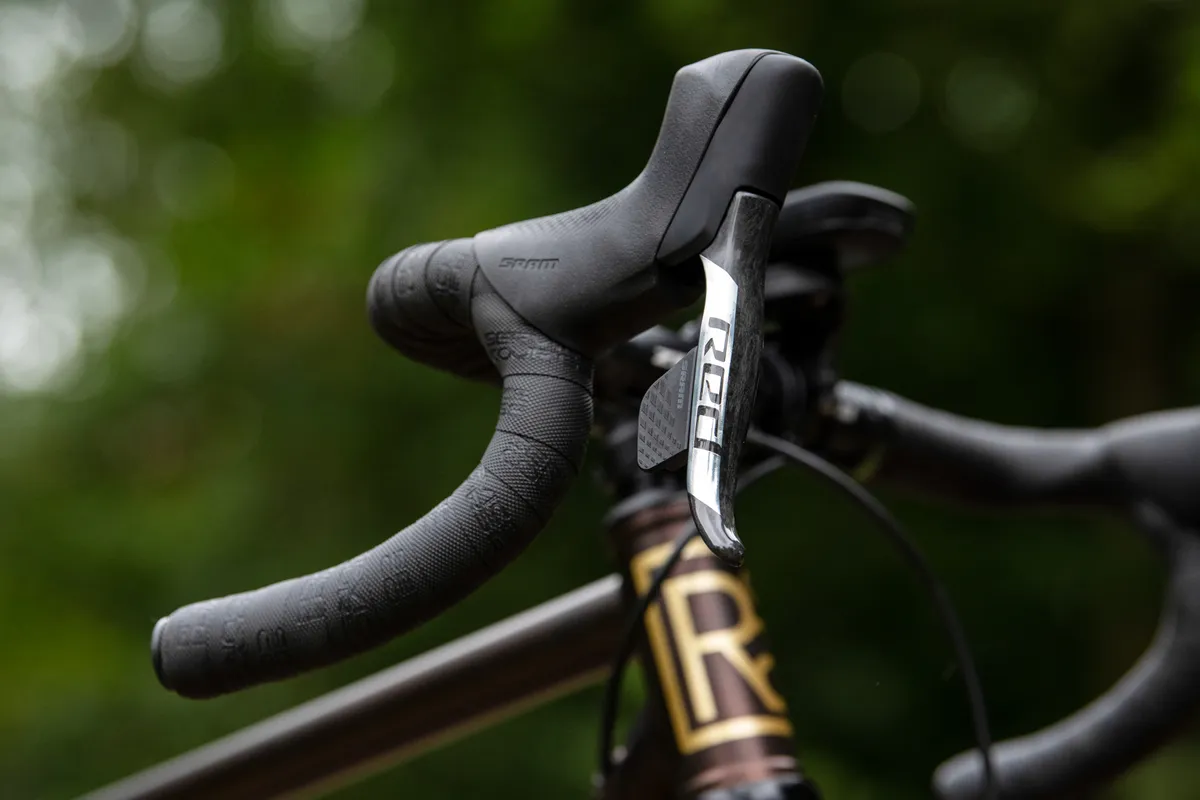
In use, I’ve been impressed by how slick the shifting has felt from the get-go and appreciate just how consistent each of those shifts has been. The setup is intuitive to use and doesn’t take long to adapt to, even if you’re unfamiliar.
It doesn’t take much force to initiate a shift, but there’s a positive, distinctive click (which can be felt through full-finger gloves), so you know that the shift has been made.
When working my way along some unknown singletrack, there were moments when I was forced to panic shift in order to tackle the terrain ahead. Here, even when shifting under power, there was no crunching of gears or other nasty noises, and shifts were still made without too much issue.
2. Sweetspot gearing
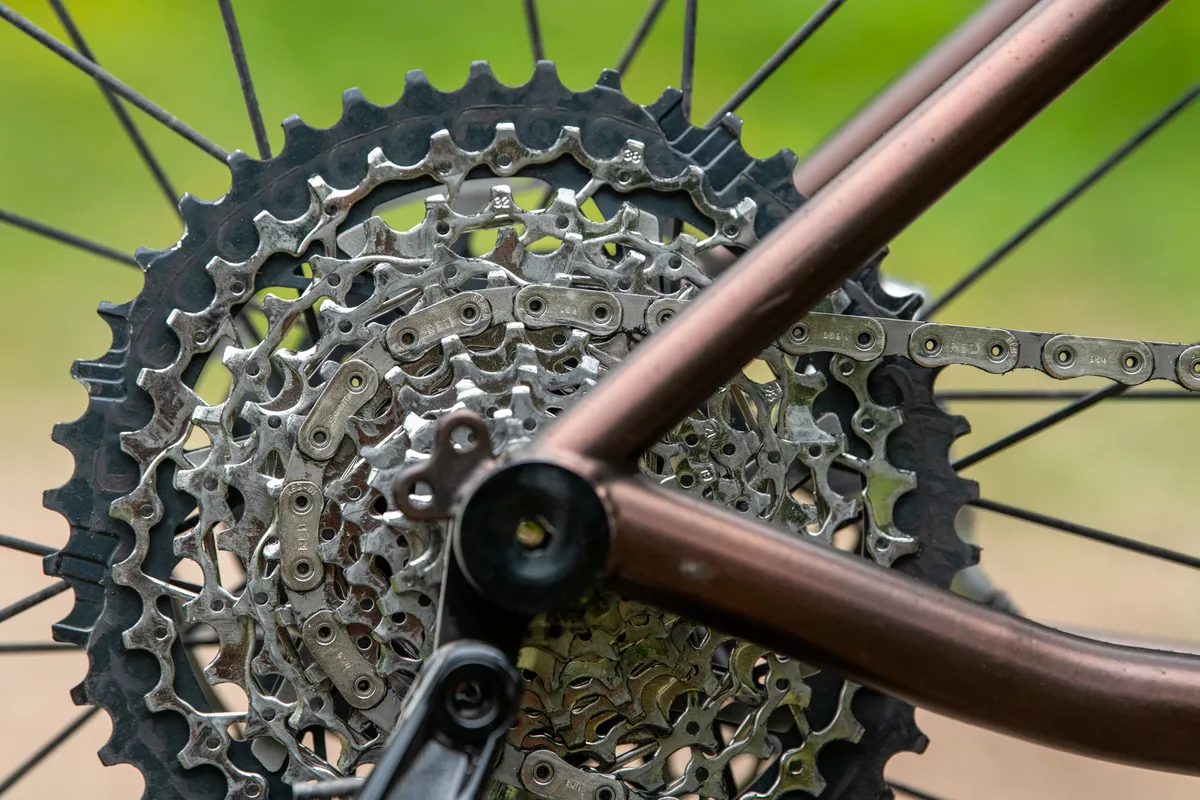
As a 1x drivetrain, SRAM XPLR – which is available in top-tier Red, mid-range Force and entry-level Rival configurations – pairs a 40-tooth chainring with a 10-44t cassette, which in turn has the following sprockets: 10, 11, 13, 15, 17, 19, 21, 24, 28, 32, 38 and 44t.
When faced with gentle inclines and punching out a steady pace on the road, some of the gaps through the middle-to-upper part of the cassette can be felt, but the change in cadence isn’t particularly dramatic or off-putting (off-road you’d be hard-pressed to really notice them at all).
In the harder gears, though, the smaller steps are certainly appreciated and offer a very natural progression as you continue shifting through the block as the speed increases.
The wide, 440 per cent gear range has also served me well so far, and I’m yet to find myself wishing for additional cogs.

Okay, I’m yet to head out on the road with my mates and properly test the top end, but for fast tarmac stretches between the off-road sections I’ve been riding, that small 10-tooth sprocket has been more than enough so far.
It’s a similar story with the big 44t gear, which has allowed me to tackle every steep incline I’ve pointed the Valravn at, including some loose-under-tyre 17 per cent pitches – all very reassuring.
3. Gravel droppers make sense
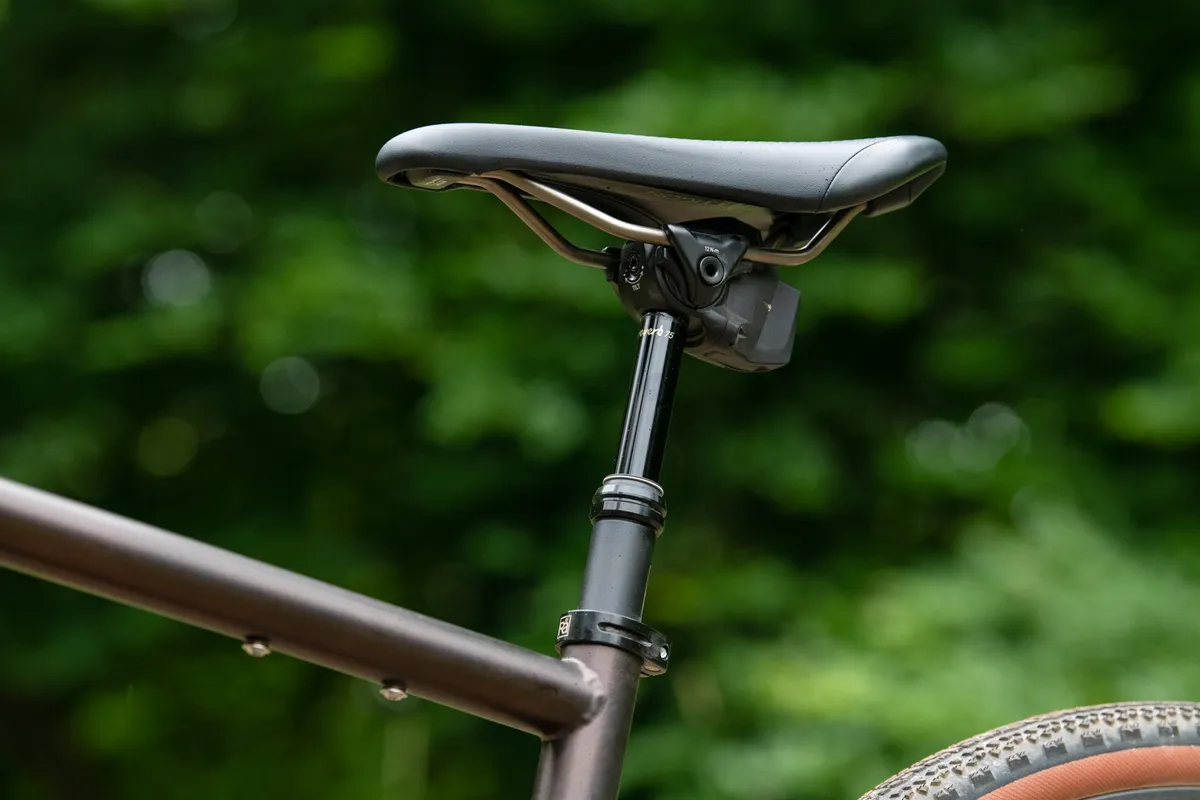
Not everyone will be sold on the idea of a dropper post for gravel riding. In fact, I wasn’t convinced I needed one before trying this, despite always using a dropper on mountain bikes.
Why have I been converted? While I love riding on the road, I’m most at home with dirt beneath my tyres. Pre-gravel bikes, when riding on the tarmac, I’d pass entrances to trails and curiously ponder where they led and what features they may be hiding. When I got a gravel bike, I could start peeling off the road and investigating these ribbons of singletrack further, albeit somewhat tentatively.
With a dropper in place, I feel far more confident when it comes to riding more technical trails unsighted. I can shift the saddle out of the way quickly and command a much better position on the bike without feeling like I’m about to head over the bar with every lump and bump. It also helps to improve the flow of the trail, especially if it’s peppered with awkward obstacles.
I know this sounds like I’m desperately wanting my gravel bike to be a mountain bike, but I’m not.
I love the fact that I can effortlessly cover off-road miles but still explore uncharted singletrack if I so wish. I can really enjoy the tamer sections of off-road riding that would simply be dull on a mountain bike, but still hammer along the tarmac easily enough to get there. I simply wouldn’t do rides like that on my mountain bike.
4. Reverb AXS XPLR adds confidence when it’s needed most
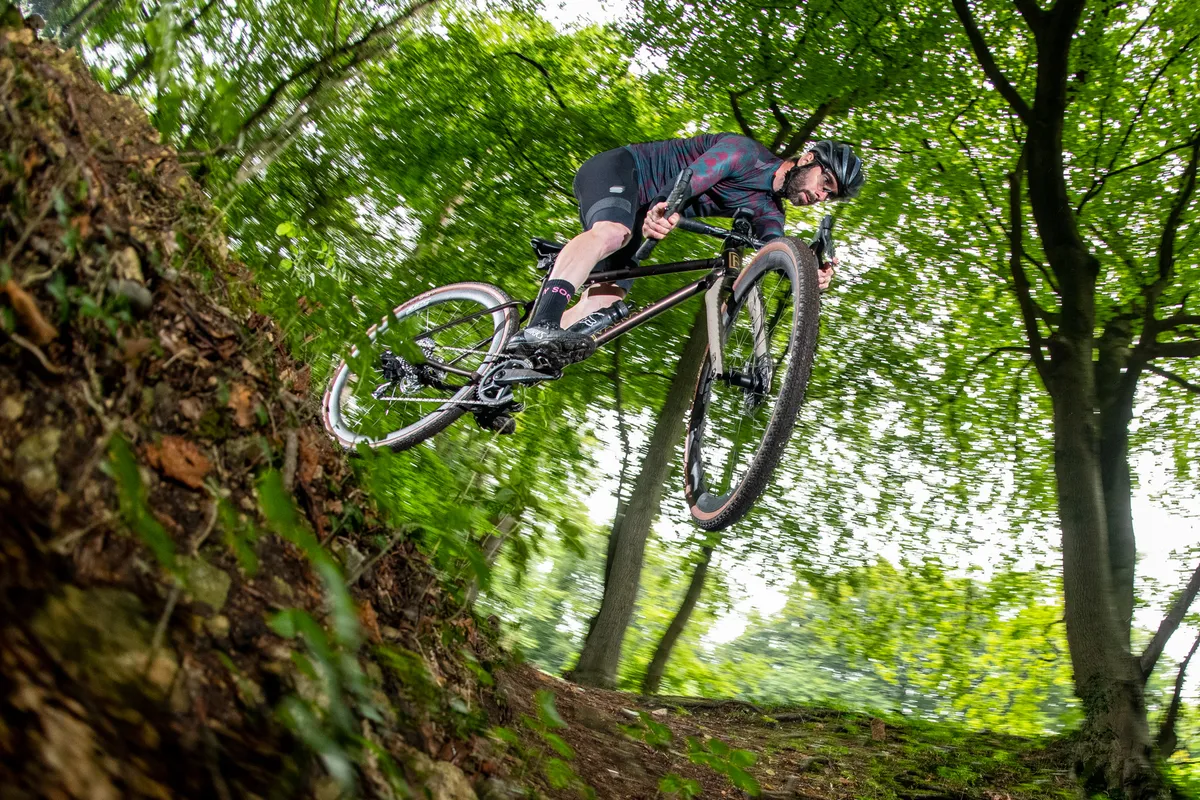
Anyway, yes, I like the new Reverb AXS XPLR post. I’m a big fan of the mountain bike version (read my RockShox Reverb AXS dropper post review) and I’m pleased to say this skinnier version functions in much the same way.
There’s zero delay when it comes to actuating the post (unlike some other brands that offer wireless seatposts) and the return speed is fast and efficient with no lag.
The in-built ActiveRide (the squish you get from sitting on the saddle when the post is partially dropped) is noticeable but isn’t something I’ve found myself desperate to use. When I do drop the post only slightly, I’m either hovering over the saddle while tackling something technical or sitting down when I can feel I’m lacking traction on a steep climb.
Otherwise, I’ve found I’m either riding with the post fully extended to ensure I’m in the most efficient pedalling position or I’ve got it fully dropped (I’ve got the 75mm version of the post but there’s also a 50mm travel option).
That said, I can see why ActiveRide could be useful when hammering along gradual, roughed-up descents or, come winter, when you’re trying to pedal through deep muddy ruts, but I’m yet to ride anything like that.
Compared to the mountain bike version of this post (which doesn’t come in the 27.2mm featured here, but is offered in 30.9mm, 31.6mm and 34.9mm diameters), the XPLR version does seem to have a little more play in it. This is common across almost every single dropper post on the mountain bike market so it’s nothing to worry about.
In this instance, though, when really working hard on the climbs when seated and really pushing back into the saddle, I have noticed a little of that play from time to time. It’s not distracting and hasn’t affected performance, but I’ve still noticed it nonetheless.
Actuating the post is easy enough. Push both shifter paddles at the same time, weight the saddle, and the post will drop. Unweight it and push the paddles again and it’ll spring back up. I’m keen to personalise the setup, though, and here’s why…
5. Alternative actuation
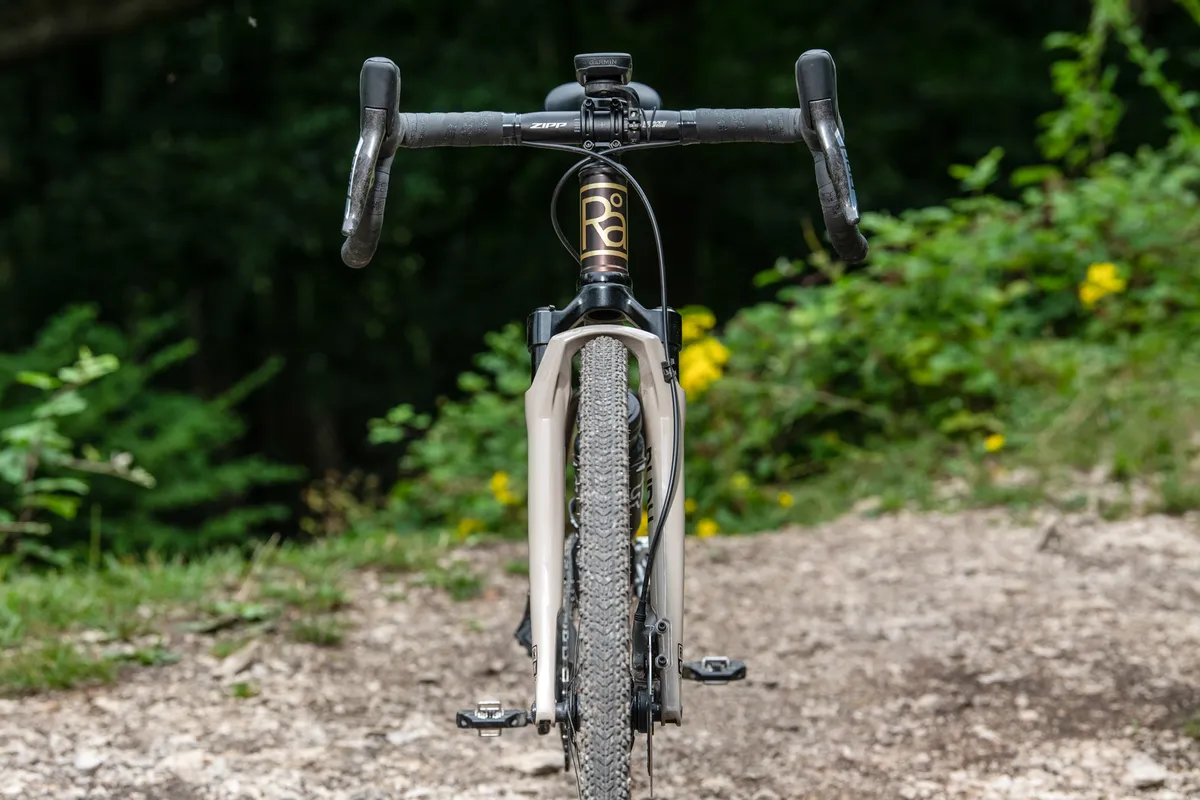
When hammering along an open section of bridleway or fire road, pressing the two shifter paddles at the same time to drop the post is easy in terms of functionality.
If you can see what’s coming up, you have ample warning and enough time to prepare before taking action. However, if you’re riding winding singletrack – which, I must add, this bike seems to cover with masses of confidence and speed – and unable to see around the next tree, getting the post dropped quickly or without mis-shifting does take a little more practice.
I’m being picky here, and have come to the Reverb XPLR post after years of using mountain bike droppers, but I’d love the ability to add a second button (perhaps one of SRAM’s eTap Blips?) to actuate the dropper. After asking SRAM, it's confirmed that this is entirely possible and I’ve got a set of Blips coming my way so I can tweak my setup.
I love the fact that I can use this bike to cover a lot of miles on and off-road, and ride all sorts of terrain (including the aforementioned wooded singletrack), but simplifying things when the riding starts to get a little more hectic would be worth exploring.
I’ll give you the full lowdown if I can make this work.
6. Riding the Rudy

I was able to set up the Rudy Ultimate XPLR fork without any problems. The pressure guide on the inside of the lower leg gives a good indication of what you’ll need to run for your weight.
In my case, at 67kg, I should be running between 110 to 130psi in the fork, according to RockShox. I ended up going to 136psi. Why? Well, for a start, the Rudy is more sensitive than I initially expected.
It’s not quite at the same level as the 120mm SID I use for cross-country riding (read my RockShox SID Ultimate fork review), but it still manages to move freely enough over the smaller chatter.
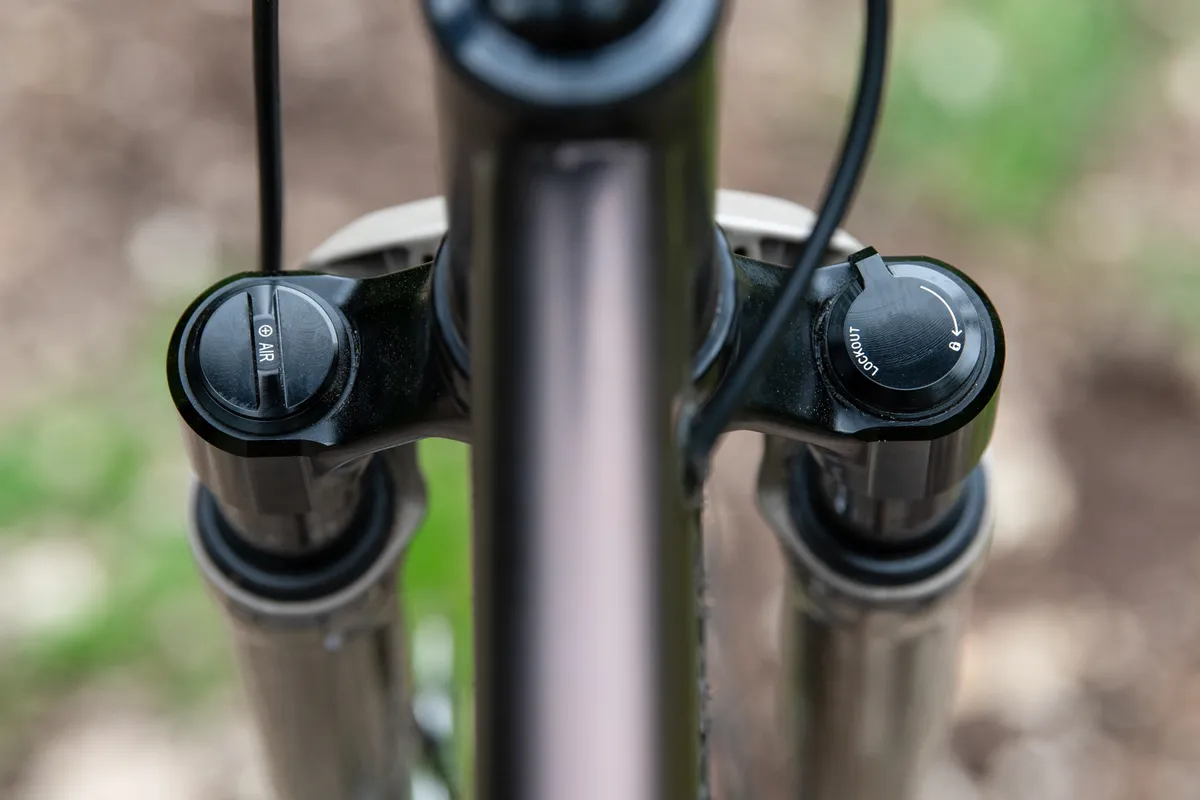
I also didn’t want the fork feeling too soft and plunging through its travel too easily, which can at times limit control. And don’t forget you’ll need a 2.5mm Allen key to alter the rebound damping (how quickly the fork returns to full extension once compressed).
With the 40mm tyres soaking up much of chatter and smaller bumps, I really wanted the Rudy to take the edge off of the bigger impacts (long, rough sections of bridleway, root spreads, battered tarmac etc.).
In use, I’ve been consistently impressed with the Rudy. Like the dropper, I was unsure whether I’d simply be getting a watered-down version of the mountain bike equivalent, but it works really well for what it’s designed for.
And, combined with the dropper, I’ve been pleasantly surprised by just what I’ve been able to ride – of course, the Valravn’s geometry plays a big part here, too.
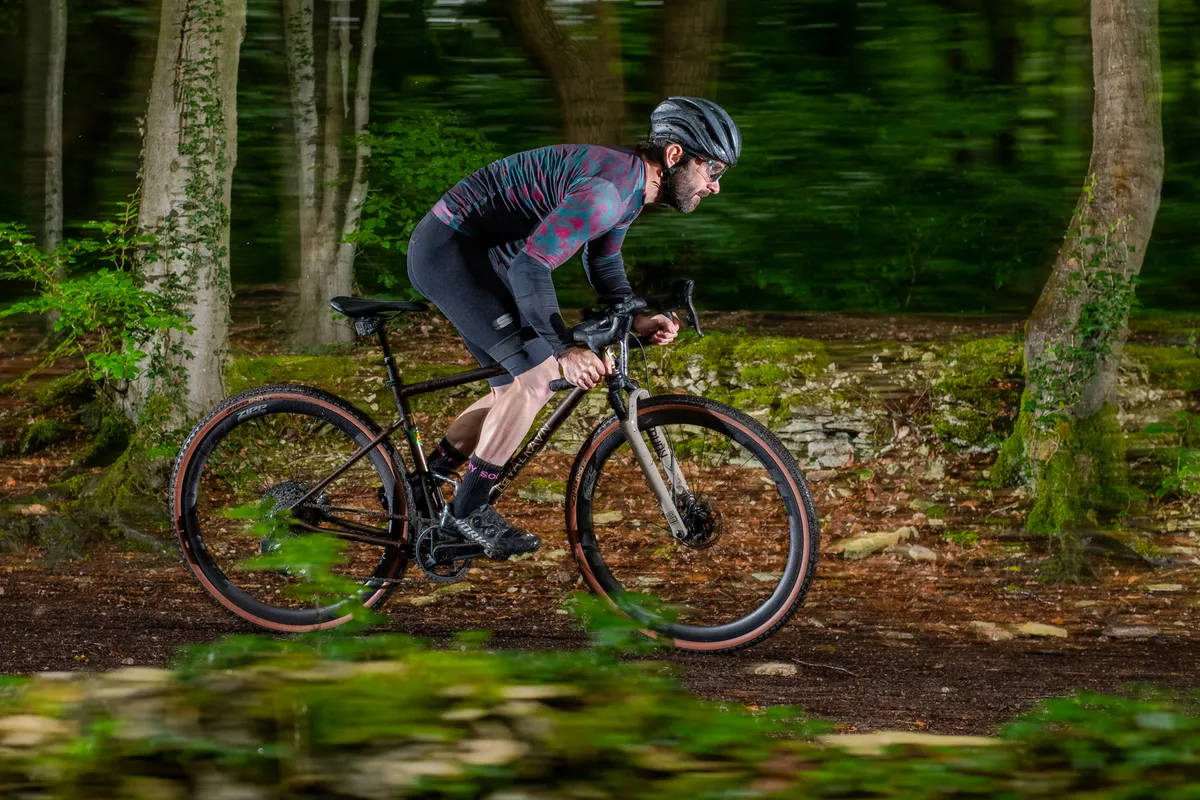
The Rudy feels well-controlled and offers more composure over the likes of Specialized’s first-generation FutureShock – something I’m very accustomed to as a long-time Diverge rider – especially when tackling longer sections of repetitive hits.
So far, it’s felt more than stiff enough for my 67kg weight, and accurate when I’ve had my weight right over the front wheel, loading up through tight, awkward turns. I’m yet to bottom it out, despite some reckless line choices, and I’m happy with the 40mm of travel on tap.
The lockout, mounted on top of the right-hand leg, is quick and easy to use, providing a rock-solid platform from which to push against.
I’ll generally only use this on longer road sections because the Rudy doesn’t exactly bob uncontrollably when you’re up out of the saddle and working hard. Still, it’s nice to know you can firm the fork up to maximise efficiency as and when you want to.
7. Quietly confident
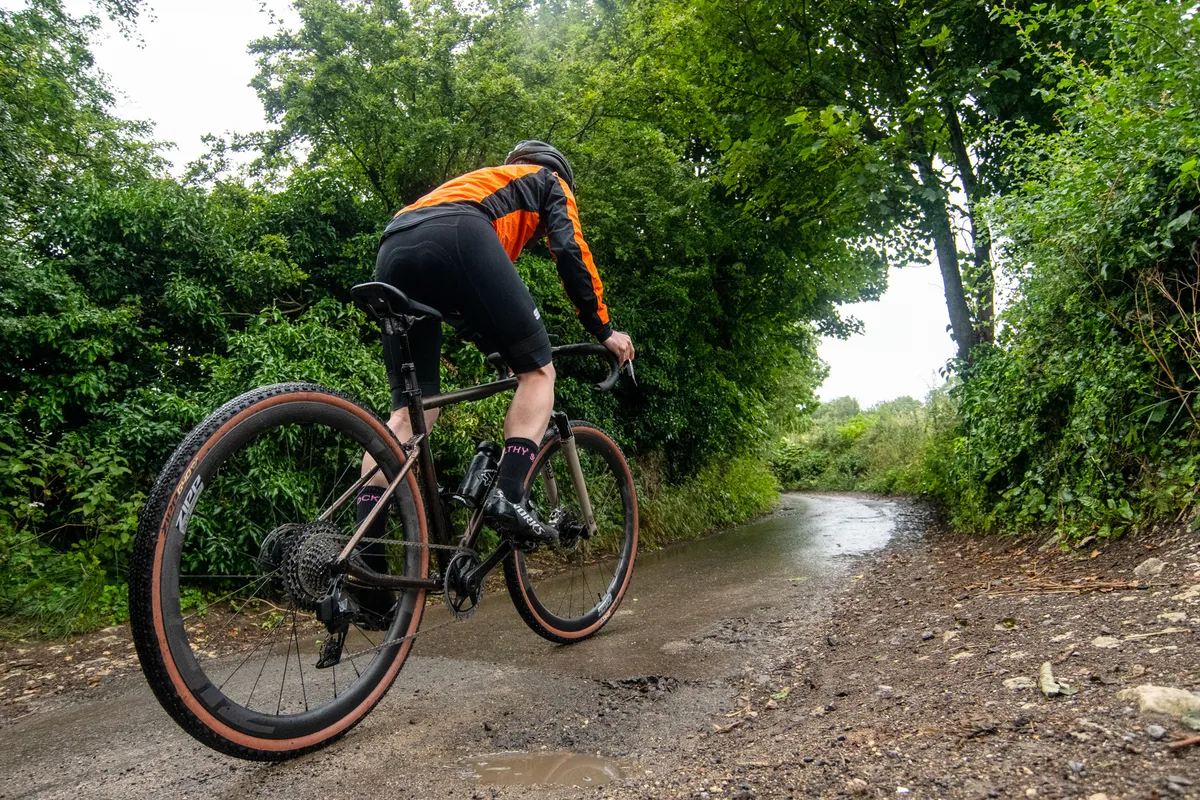
The Valravn seen here is one stealthy operator. Thanks to the lack of gear cables, there’s next to no irritating rattle and I can fly along beaten-up tracks in near silence.
That might not sound like a big deal, but all that noise when speeding across a roughed-up field or hacking along a fire road can be off-putting and for me, I hate a noisy bike (and I’m pretty sure they’re not as fast).
I’m not saying you need to go out and drop a load of cash on a wireless drivetrain (although it does work impeccably), but investing time into silencing your ride does, I think, make it more enjoyable to ride off-road.
Add to the fact that you’ve got the Rudy fork and the Reverb AXS dropper, which both boost confidence, and you’ve got a bike that’s able to have a go at just about any terrain, which is an impressive achievement.
SRAM XPLR early verdict

Will the entire XPLR range appeal to every single gravel rider out there? Probably not. But there are certain aspects of it that might.
That includes the wireless SRAM XPLR transmission, which works incredibly well, thanks to the smooth, consistent shifts and intuitive actuation, and offers a well-thought-out gear range for gravel riding.
It’s a bonus, in my eyes, that eTap helps to de-clutter and silence your bike, and if you are upgrading from an existing groupset, fitting and fine-tuning the drivetrain is a relatively simple process.
Let’s be clear, a new wireless drivetrain is not a cheap upgrade by any definition, but SRAM does allow you to mix-and-match components across the range – if, say, you had a top-level Red crankset but wanted to save some cash with a third-tier Rival cassette.
Our track record with all things AXS – on and off-road – is seriously impressive to date, so if you do invest, it should last.
The Rudy fork and Reverb post might not win everyone over – gravel suspension is still likely to be divisive – but that’s fine. You’ve got to be a certain type of rider to really appreciate what’s on offer there.
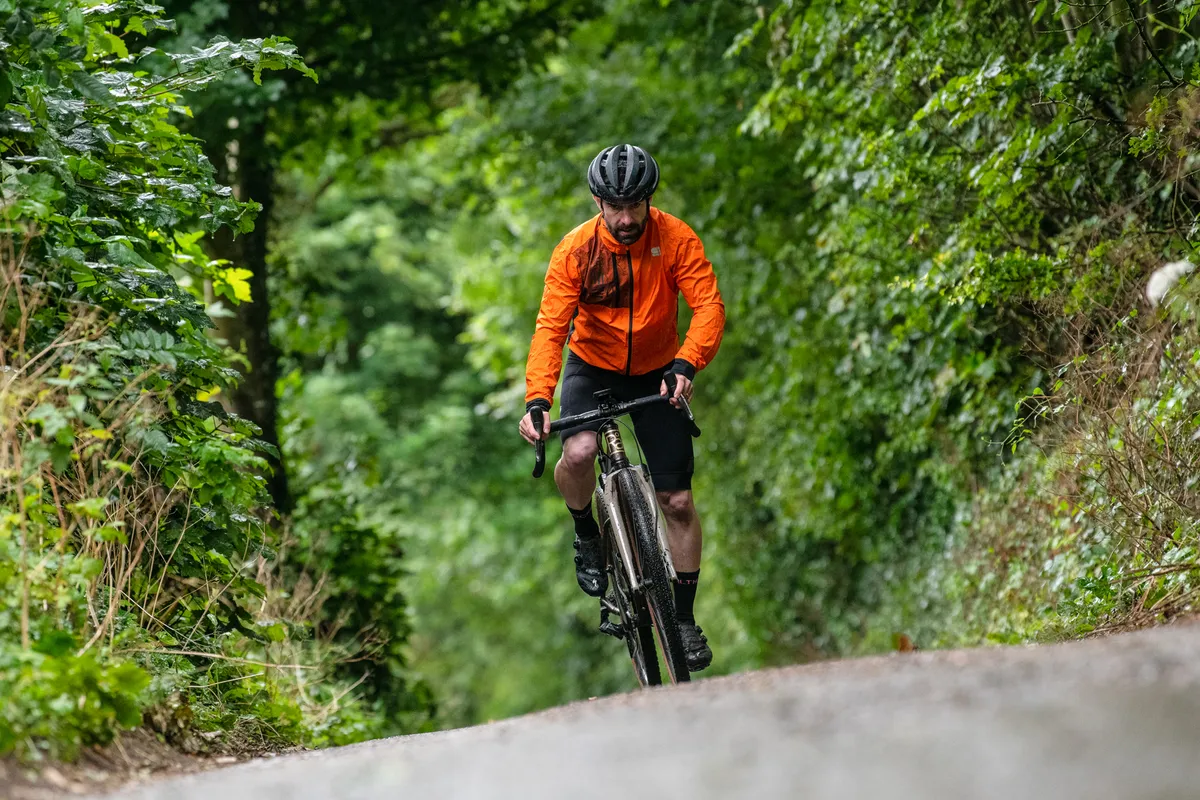
If, like me, you love to get stuck into the road miles but also can’t resist veering off onto the beaten track and properly challenging yourself (I’m a mountain biker at heart, after all), then both the fork and dropper help boost confidence and versatility when tackling tougher terrain.
While the fork will add weight, its performance is impressive. Likewise, the dropper is going to add grams compared to a rigid post, but it’ll objectively improve your ride position when you need it most, providing that’s the type of terrain you like to take your gravel bike on.
That said, it’s not perfect right now, but I’m hoping by adding an eTap Blip I’ve got a quicker way to actuate the post, which should improve my setup.
Overall, RockShox and SRAM’s new XPLR range adds a really interesting option into the mix when it comes to gravel bike setup.
‘Gravel riding’ is a broad term, which means different things to almost every rider, but XPLR will, in some instances, allow you to push yourself and your bike that bit further. While I’ve uncovered some minor niggles through these early rides, I can’t help but be impressed with my experience so far.
Stay tuned for a full review soon.
